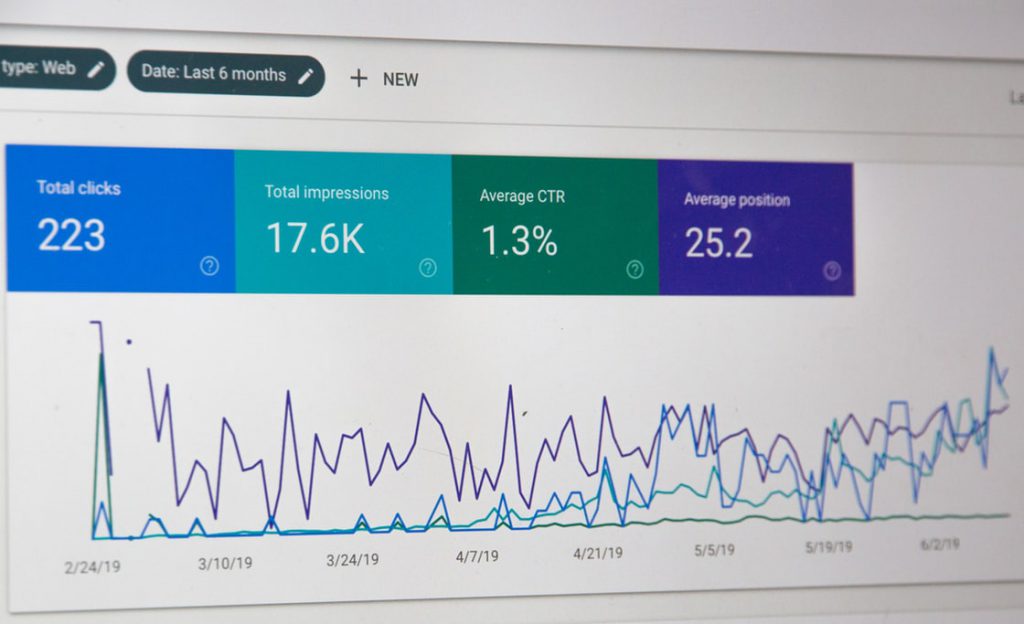Sports marketing is rebounding as events are returning across the globe. But we are not out of the woods just yet.
Sports fans of every kind are rejoicing now that their favourite teams are back in action, albeit in empty stadiums with human carboard cutouts and piped-in crowd audio.
Still, we’ll take what we can get.
However, is your sports marketing rebounding as well?
As experts in the field, we look at the current climate and how the industry has adapted over the past few months.
1. Keep Calm and Carry On
What you do now can have a strong ripple effect on increasing your chances of success in the future as we slowly return to life as we knew it before Covid-19 wreaked havoc around the world.
One of the best examples of adapting to sudden change is the top online sportsbook operators.
Just about everyone raised an eyebrow when it was announced Cheltenham panned to host the annual racing event, despite concerns about Covid-19. The world looked in amazement as throngs of people kept calm and carried on.
The reality of the pandemic came crashing down on us shortly after, and horse racing events shuttered their windows and braved the lockdown like the rest of us.
Faced with this challenge, a group of sportsbook operators like Betfred decided to embrace digital technology to present the 2020 Virtual Grand National. Better still, they pledged the money made off the virtual race to support the NHS in their greatest time of need.
Undoubtedy, this is one of the finest examples of adapting quickly and utlising the latest technology for sports marketing.
2. Content is King
Another saying we hear (probably too much) is ‘content is king’.
It is certainly true from our experience, and our SEO and content team are constantly looking at the best ways to produce high-quality work that ranks well in the future.
Make no mistake, you can support your SEO-optimised content across paid channels for even more audience engagement.
We spoke to Michelle Hole from our media buying team about their approach to creating bespoke advertising campaigns. Her advice was short and sweet, quite literally:
Michelle Hole“When it comes to copy, keep things concise. We have found that shorter, image-driven campaigns and content-led videos have achieved much stronger brand metrics.”
In an age of a 24-hour stream of content through social media, streaming services, and the explosive growth of e-sports, don’t overwhelm your audience with too much sizzle and not enough steak.
Give your audience what they want, and leave the bells and whistles for another time.

3. If Not TV, Then VOD
When it comes to publicly broadcasted events, the holy grail is usually TV ads. However, as you might expect, TV advertising is one of the most expensive options.
What are some alternatives that you can look to explore at a lower cost?
From our research, VOD (video-on-demand) is the next best thing after TV spots in terms of exposure and impressions.
A good deal of our branding is communicated through short, image, and video-driven content, which can be published through a number of channels.
Social media is also wrapped up in this, with our PPC team placing a big focus on app campaigns—Facebook, Instagram, Twitter, Snapchat—as well as Apple search ads, which performed very well against competitors last year.
Moreover, integrating your social channels into your overall sports marketing strategy is highly effective; we have seen this trend a lot in recent years, with the likes of Vine and now the advent of TikTok – the aim is not just to grab an audience’s attention, but to make whatever they’re consuming digestible.
Lastly, it is crucial that you carefully review your VOD demographics when deciding on the frequency and the type of content you want to run.
For example, ITV has a racing-friendly audience, with the majority of Cheltenham’s races being broadcast through that channel, so we allocate our budget accordingly ahead of the big day.
4. Retention is as Important as Acquisition
Whilst acquisitions are great, it was tough going during the lockdown. No mean fete when no events are available for fans.
Sports marketers have to be nimble and react quickly to maintain their business.
This is one of the main tasks for our CRM team, which is broken up into three teams: active players, on-board, and reactivation – all of which are equally important customer bases when it comes to retention.
Fortunately, our systems allow us to drill down into the data at a pretty granular level, helping us to assess player behaviour and identify those who promise a longer lifespan.
Using this data, our CRM team create what we like to call ‘channel plans’, which look to schedule all relevant communications across various platforms, whether that be on-site, SMS, email, social, and so on.

5. Set Yourself Dynamic Targets
Finally, linked to this day-to-day analysis of the customer lifecycle is the development of a contingency sports marketing strategy.
Keywords are VERY expensive, so rather than simply spending all our budget bidding on them, we try to find other ways of getting ahead of the competition.
These channel plans cover various different objectives and KPIs, but the main goal for sports marketing is always to extend the customer reach, retaining general interest and, hopefully, up and cross-selling them into different markets (like e-sports, virtual sports, casino, or bingo).
Once again, we analyse our performance in previous years to ascertain these crucial touchpoints. Another phrase comes to mind: ‘work smarter, not harder.
Are you ready to supercharge your sports marketing? Contact us at ActiveWin to see how we can help you plan for future success.


